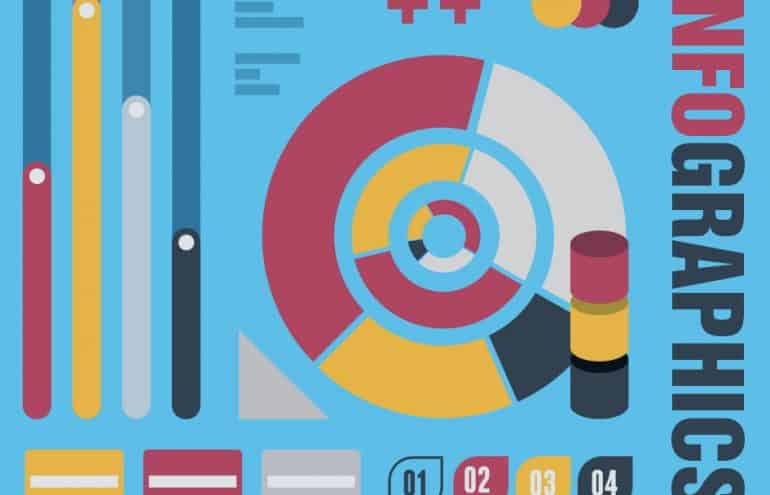A Review Of The Criminal Test Refine: An In-Depth Step-By-Step Overview
A Review Of The Criminal Test Refine: An In-Depth Step-By-Step Overview
Blog Article
Authored By-Donovan Schmitt
When you step into a criminal trial, you might be stunned by the structured process that unravels. All of it begins with court selection, where prospective jurors are inspected for predispositions through an approach called "voir dire." Afterwards, both sides provide their opening declarations, setting the stage for the proof and testaments to comply with. You'll see just how the prosecution and protection construct their cases, yet what takes place next can substantially affect the end result. Comprehending these stages can reveal the intricacies of justice, yet there's even more to discover about the critical moments that adhere to.
Jury Selection Refine
When it concerns the jury choice process, you're diving into an important stage of a criminal trial. This procedure, typically called "voir dire," involves doubting possible jurors to guarantee they're honest and with the ability of supplying a reasonable verdict.
You'll see both the prosecution and defense lawyer participating actively, each aiming to select jurors who line up with their instance's story.
During voir dire, you'll discover that lawyers ask inquiries regarding jurors' backgrounds, ideas, and experiences. Their goal is to recognize any kind of pre-existing prejudices that can influence a juror's choice. As a juror, you could feel a mix of anxiousness and interest, but your honesty is essential.
After examining, attorneys can challenge particular jurors for reason if they believe a juror can not continue to be neutral. They can additionally utilize a limited variety of peremptory obstacles to reject jurors without specifying a reason.
Test Phases Explained
The phases of a criminal test play an important function in making sure a reasonable and organized procedure.
You'll initially experience the opening declarations, where both the prosecution and defense describe their cases. This sets the stage for what's ahead.
Next off, the prosecution provides its evidence and witnesses, aiming to verify the offender's shame past a reasonable question. You'll see direct evaluation complied with by cross-examination, permitting both sides to test the here and now info.
After the prosecution rests its instance, it's the defense's turn. They'll provide their evidence and witnesses, often focusing on creating sensible question. You'll observe that the defense doesn't have to verify virtue; they just require to test the prosecution's situation.
Once both sides have offered their disagreements, you'll hear shutting statements, where each celebration summarizes their situation. This is vital as it reinforces their positions before the court mulls over.
Throughout these phases, the court ensures that the test complies with lawful requirements and that the civil liberties of both celebrations are shielded.
Recognizing relevant internet page will help you value the complexities associated with a criminal test and the importance of each action in the search of justice.
Judgment and Sentencing
Besides proof has actually been presented and arguments made, the jury or court delivers a verdict, establishing the accused's sense of guilt or innocence. If you're part of the court, you'll deliberate with your fellow jurors, talking about the evidence and your perceptions. This process can take time, as you'll want to guarantee everyone agrees on the judgment based upon the truths.
When a decision is reached, it's introduced in court. If the accused is found guilty, the following stage is sentencing. This is when the judge decides the proper punishment. You might observe that numerous factors affect the sentence, such as the severity of the crime, the defendant's past document, and any kind of mitigating conditions.
The judge may enforce a variety of sentences, from fines and community service to jail time. Occasionally, the defense or prosecution can offer debates regarding sentencing, trying to sway the judge's decision.
If the defendant is found not guilty, they're acquitted, and no penalty complies with. Bear in mind that a guilty decision can frequently lead to appeals, where the accused might test the decision or the sentence imposed.
Conclusion
In a criminal trial, you have actually seen just how critical each action is, from court option to the last decision. You've adhered to the prosecution and protection as they construct their situations, intending to persuade the court. Once deliberation finishes up, the judgment figures out the outcome, and if the offender is found guilty, the sentencing stage starts. Understanding these processes helps you value the intricacies of the justice system and the value of each duty in making certain a reasonable trial.
